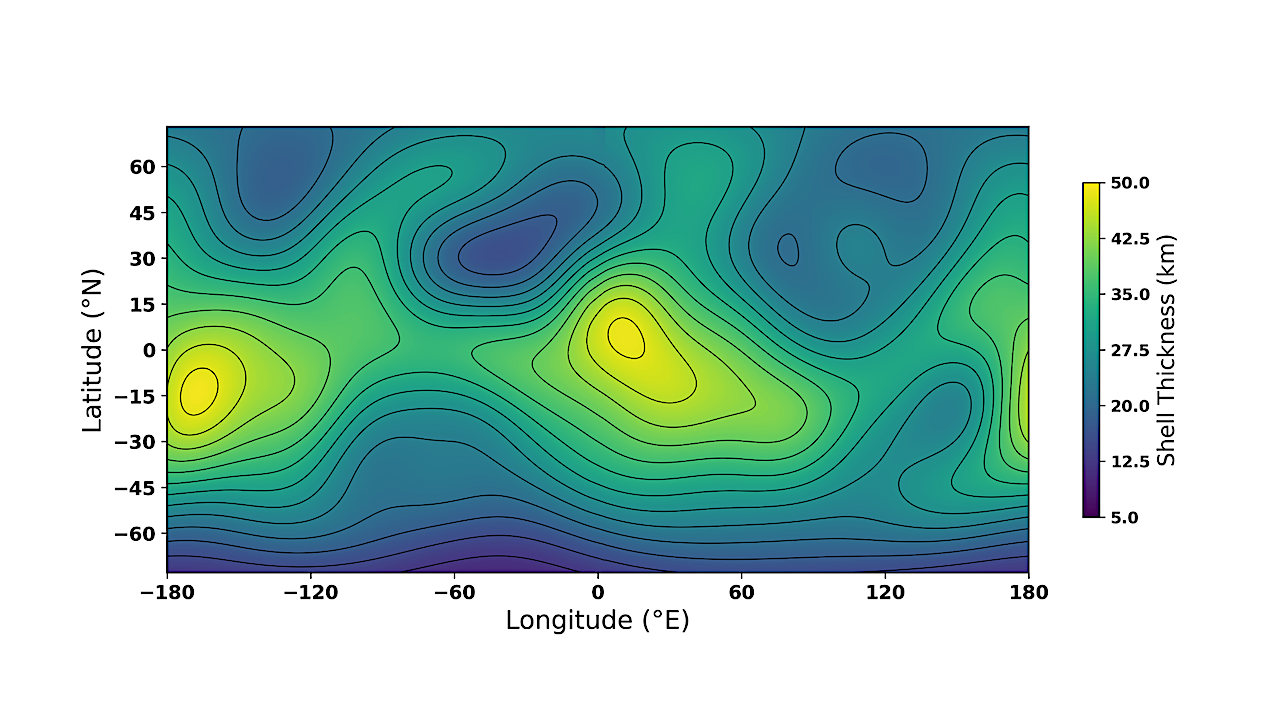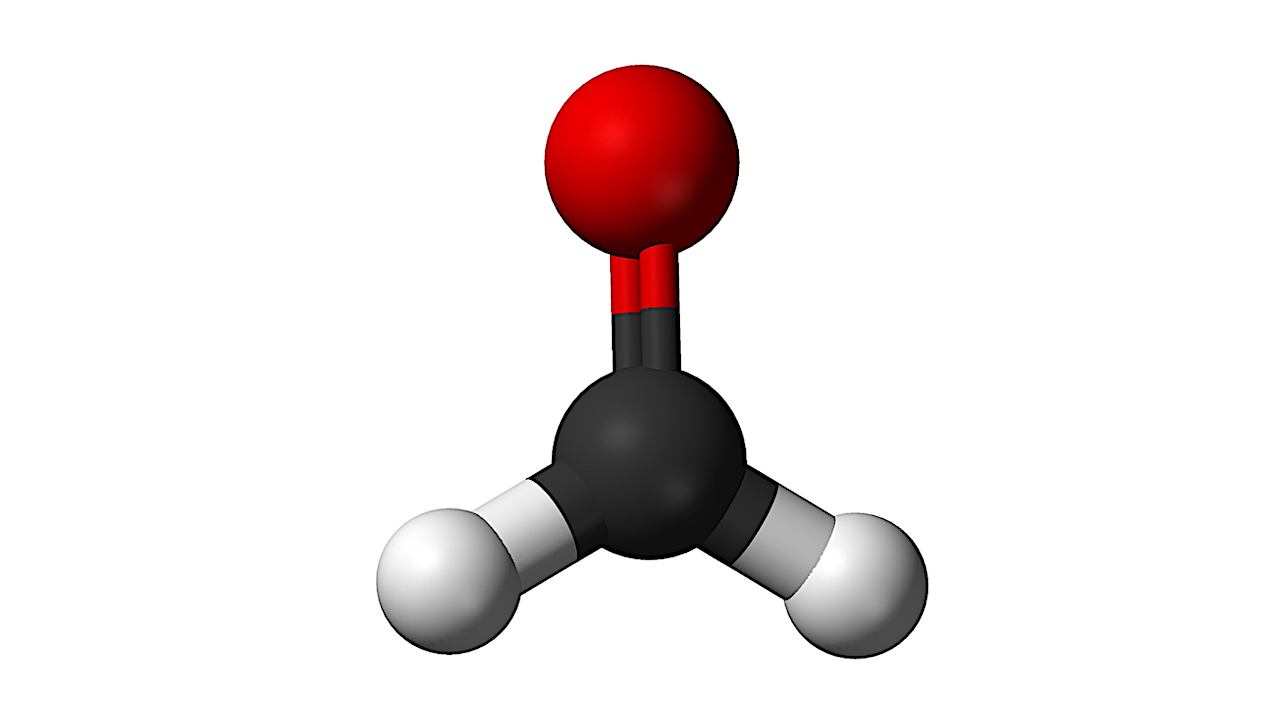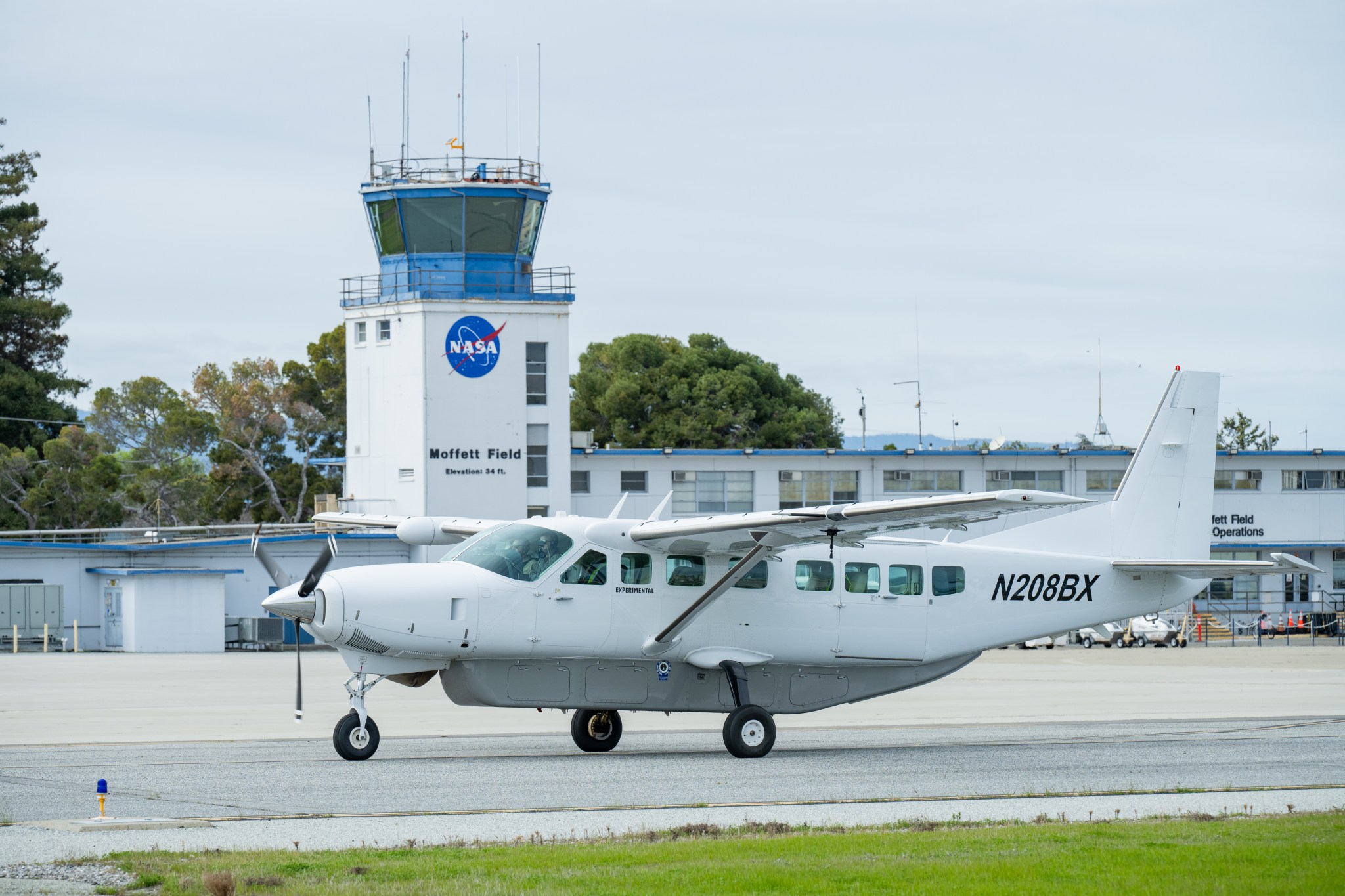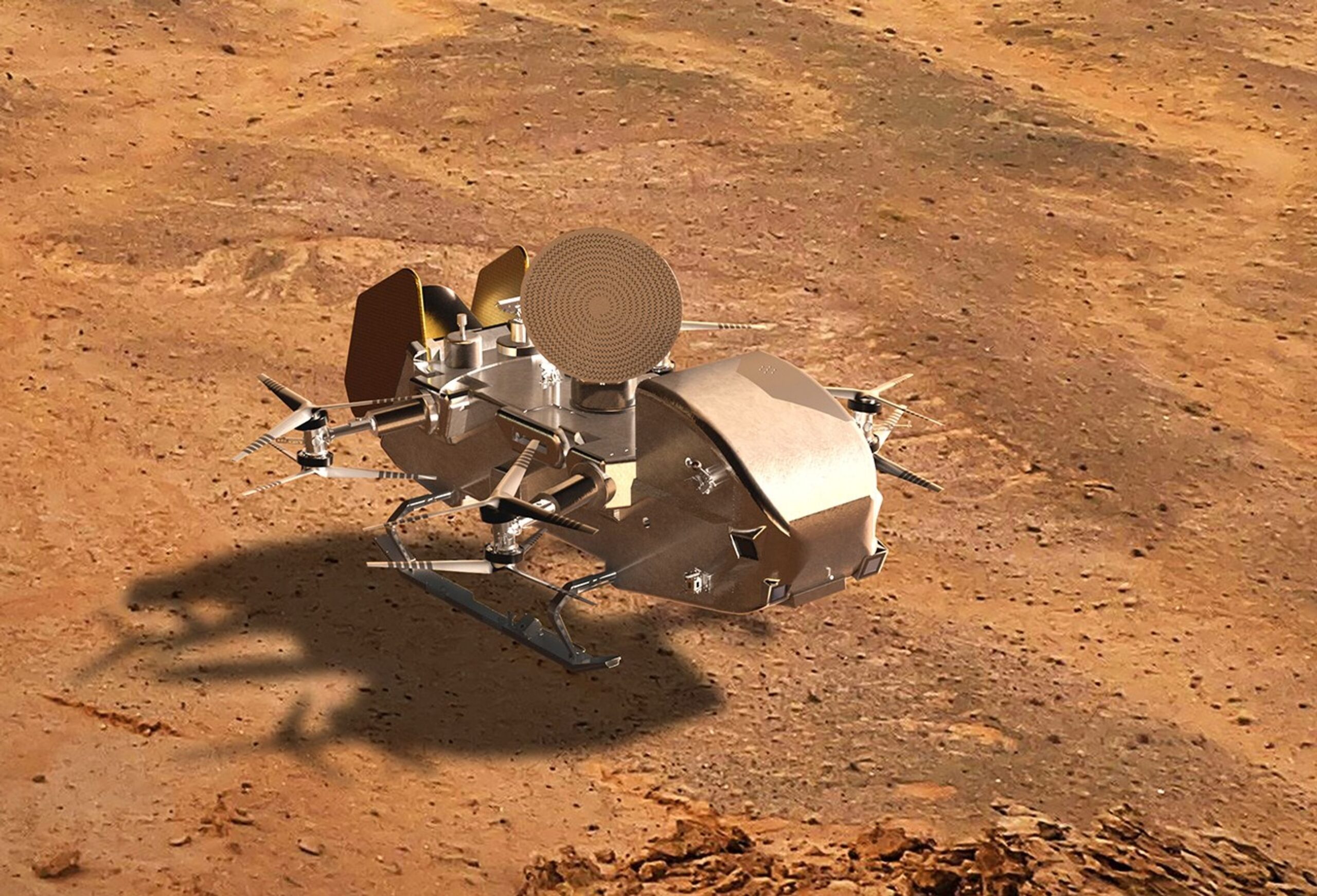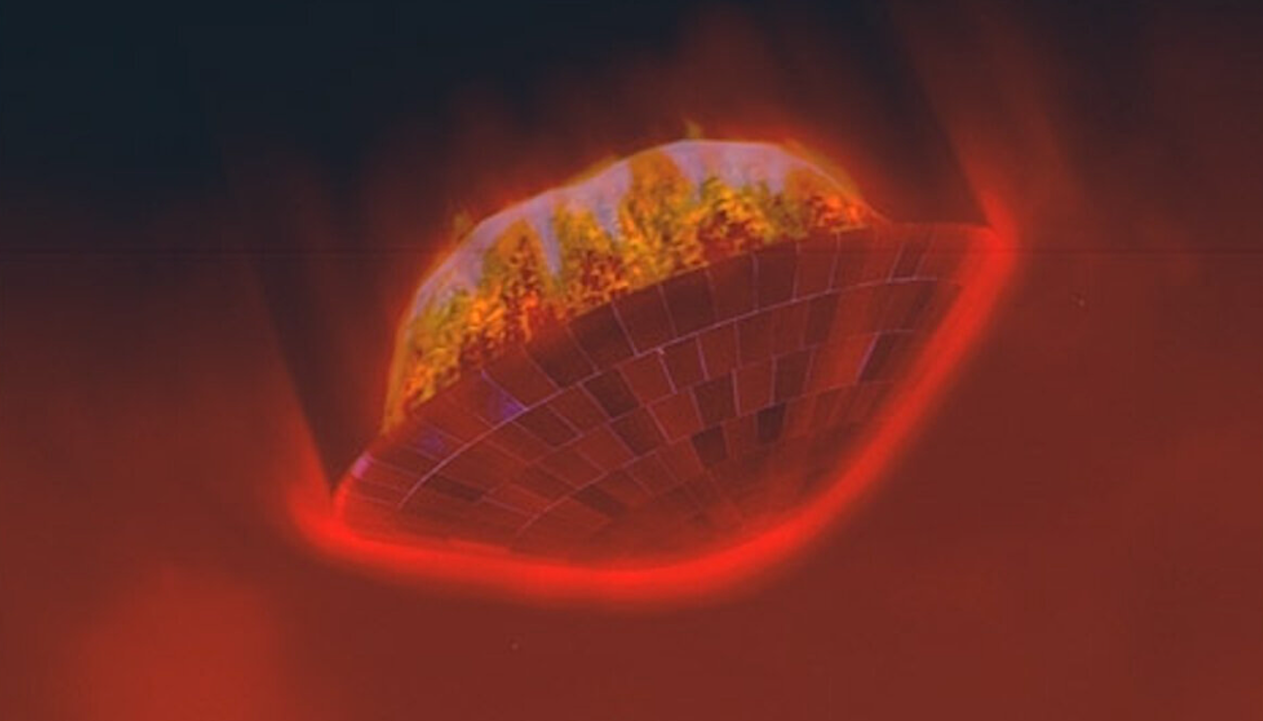Variation of Enceladus’s ice shell thickness based on the shape model by Park et al. (2024) assuming isostasy. Contours denote intervals of 2 km. — astro-ph.EP Enceladus is among the
Archive for May, 202529- Page
Formaldehyde — Wikipedia We present a comprehensive study of formaldehyde (H2CO) absorption and radio recombination line (H110a) emission in 215 molecular clouds from the Bolocam Galactic Plane Survey (BGPS), observed
The Borderlands universe has grown massively, from a first-person looter-shooter video game into an immense sci-fi sandbox. Now, as we’re preparing for Borderlands 4‘s big arrival later in 2025, we’ve
3 min read Preparations for Next Moonwalk Simulations Underway (and Underwater) Boeing’s test plane simulates digital taxiing at Moffett Field at NASA’s Ames Research Center in California’s Silicon Valley. NASA/Brandon
Curiosity Navigation Curiosity Home Mission Overview Where is Curiosity? Mission Updates Science Overview Instruments Highlights Exploration Goals News and Features Multimedia Curiosity Raw Images Images Videos Audio Mosaics More Resources
This Hubble Space Telescope image features a remote galaxy, called HerS 020941.1+001557, which appears as a red arc that partially encircles the foreground elliptical galaxy SDSS J020941.27+001558.4. (Image credit: ESA/Hubble
A pair of taikonauts have completed their first spacewalk aboard China’s Tiangong space station, according to the China Manned Space Agency (CMSA). Two Shenzhou-20 crewmembers performed the mission’s first extravehicular
6 min read NASA’s Dragonfly Mission Sets Sights on Titan’s Mysteries When it descends through the thick golden haze on Saturn’s moon Titan, NASA’s Dragonfly rotorcraft will find eerily familiar
3 min read Preparations for Next Moonwalk Simulations Underway (and Underwater) A team from South Dakota State University with their project, “Soil Testing and Plant Leaf Extraction Drone,” took first
The ESA Huygens Probe entered the upper layers of the atmosphere of Titan at 6 km/s. The speed was reduced to about 400 m/s in less than 2 minutes, thanks
-
 01From Polymerization-Enabled Folding and Assembly to Chemical Evolution: Key Processes for Emergence of Functional Polymers in the Origin of Life
01From Polymerization-Enabled Folding and Assembly to Chemical Evolution: Key Processes for Emergence of Functional Polymers in the Origin of Life -
 02Panasonic Leica Summilux DG 15mm f/1.7 ASPH review
02Panasonic Leica Summilux DG 15mm f/1.7 ASPH review -
 03How New NASA, India Earth Satellite NISAR Will See Earth
03How New NASA, India Earth Satellite NISAR Will See Earth -
 04And Thus Begins A New Year For Life On Earth
04And Thus Begins A New Year For Life On Earth -
 05Astronomy Activation Ambassadors: A New Era
05Astronomy Activation Ambassadors: A New Era -
06SpaceX launch surge helps set new global launch record in 2024
-
 07Two Black Holes Observed Circling Each Other for the First Time
07Two Black Holes Observed Circling Each Other for the First Time


